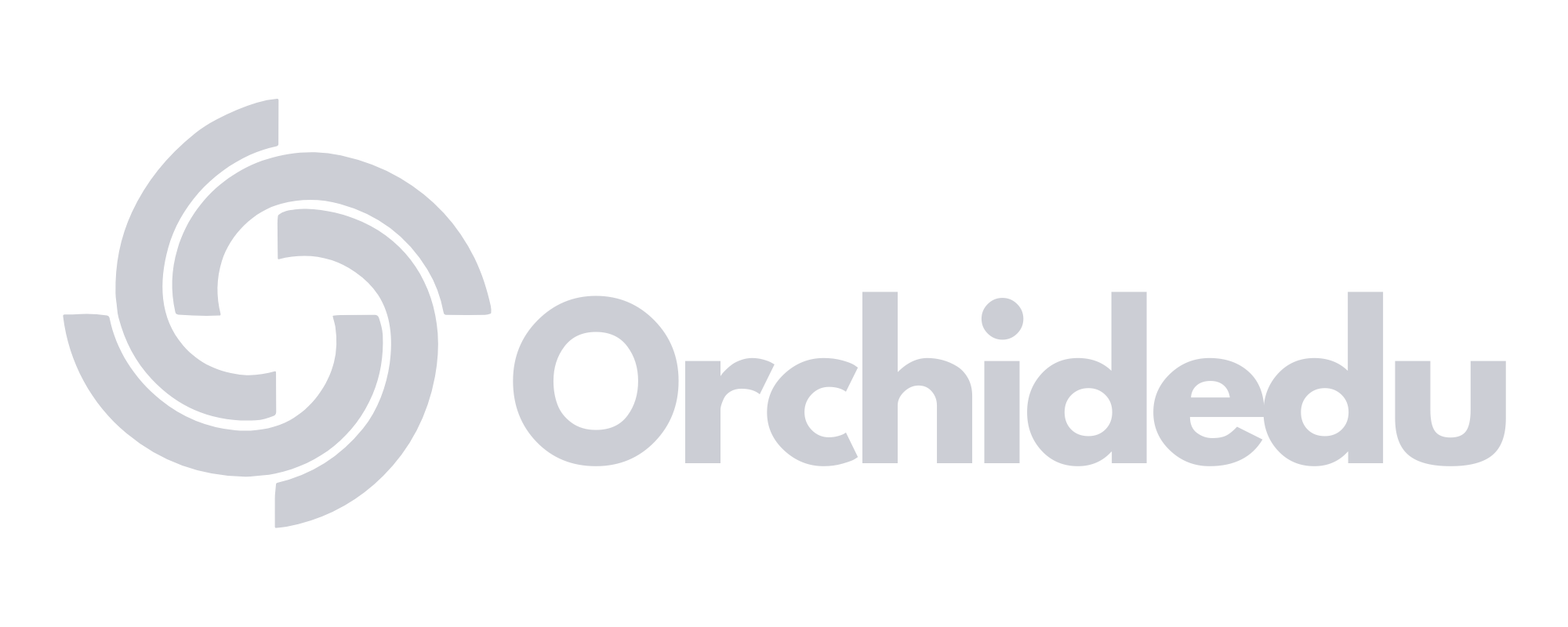Building Effective Learning Spaces: Resources for Educators

Creating an effective learning space goes beyond just arranging desks and chairs. It involves designing an environment that inspires students, supports different learning styles, and encourages both independent and group work. One key resource for educators looking to build such spaces is flexible seating. By offering a variety of seating options, like bean bags, standing desks, or collaborative tables, teachers can cater to diverse student preferences. Flexible seating promotes comfort and adaptability, allowing students to choose spots that enhance their focus and engagement.

In addition to physical seating, providing designated areas for specific activities can enhance classroom dynamics. For instance, a quiet corner with reading materials encourages independent study, while a “creativity station” equipped with art supplies invites students to explore their artistic side. Many schools now invest in modular furniture that can be rearranged for various purposes, from small group discussions to full-class lectures. These versatile setups enable teachers to quickly adapt the room to fit their lesson plans, supporting a dynamic learning environment.

Natural light and décor also play essential roles in creating an inviting atmosphere. Classrooms with large windows, plants, and warm lighting often foster a more welcoming and productive space. Studies have shown that natural light improves focus and reduces eye strain, while plants can boost mood and air quality. Posters with positive messages or educational visuals can further enhance the space, serving as reminders of key concepts or encouraging words for students throughout the day.

Educators can also utilize online resources and communities dedicated to designing effective learning environments. Websites like Pinterest or professional networks for teachers provide inspiration and practical tips, showcasing real-life examples of classroom layouts. Through these resources, educators can share their own setups, gain new ideas, and learn how to maximize their space efficiently, creating an environment that supports both teaching and learning goals.





